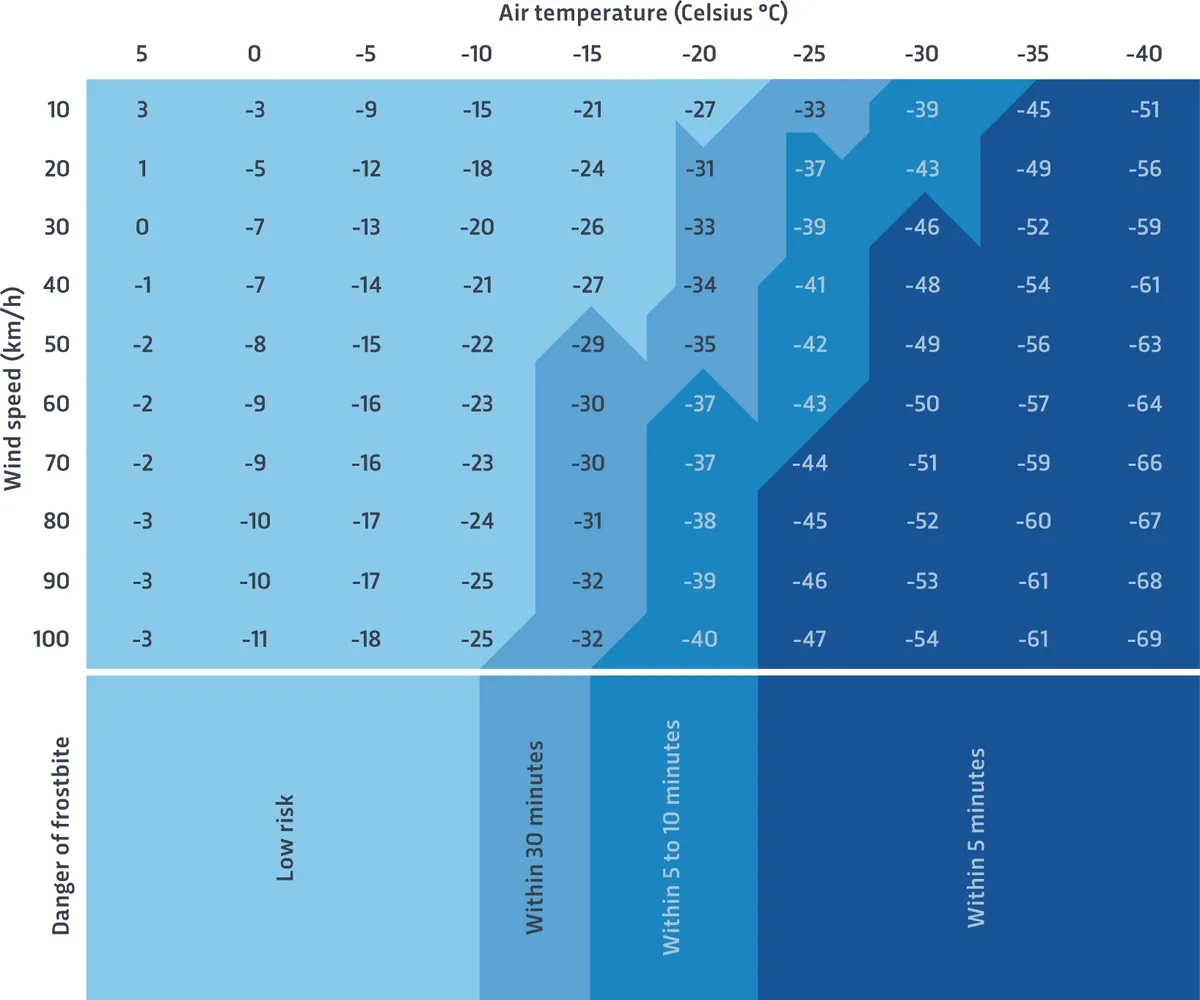Asked by: Mark Waddell, Lowestoft
On cold, windy days, weather forecasters often warn that the stated temperatures are misleading, as it will feel much colder due to ‘wind chill’. First devised in the 1940s, the wind chill factor was based on the effect of wind speed on heat-loss from cylinders of water. By the early 2000s, this had become the more accessible concept of the difference in temperature resulting from exposure to the wind.
So, for example, 4°C above freezing is said to feel more like -2°C in a 40km/h breeze. But the idea of wind chill can be misleading. No matter how hard the wind blows, it can’t chill things below air temperature – it simply increases the rate of heat loss. Plus wind chill calculations leave out key factors such as the constancy of the wind and whether the Sun is shining.

Subscribe to BBC Focus magazine for fascinating new Q&As every month and follow @sciencefocusQA on Twitter for your daily dose of fun science facts.